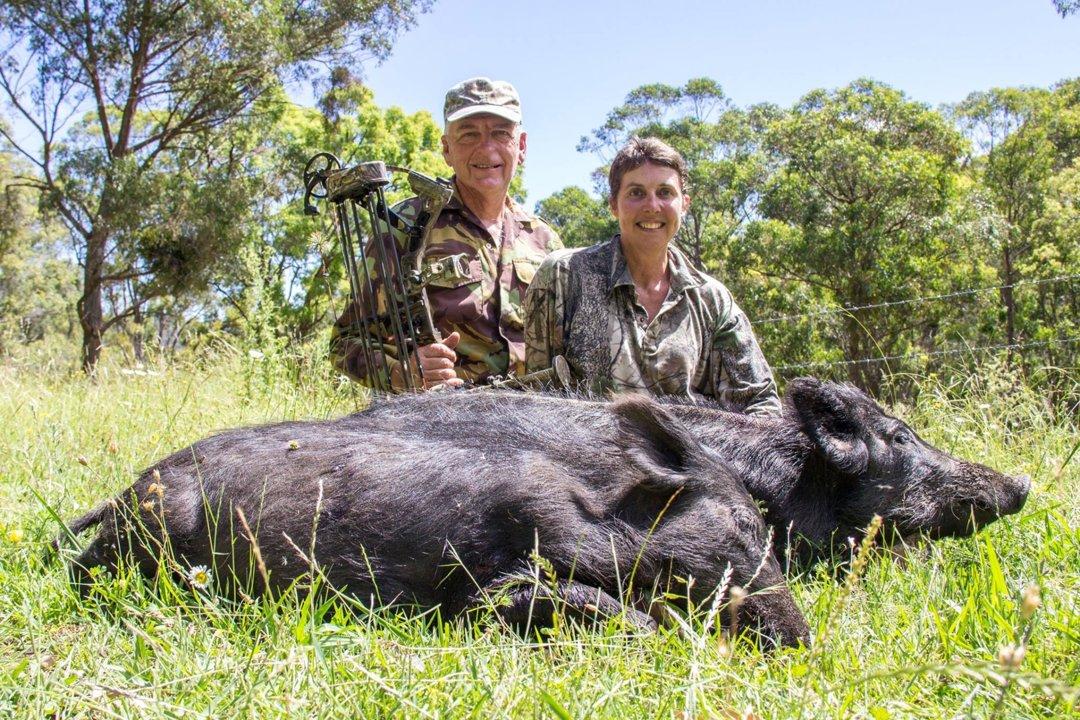
NSW Hunting Zones: Exploring Geographical and Natural Features for Hunters, Demographics, Associations and Clubs, Laws and Hunting Seasons New South Wales, Australia, is a prime destination for hunters seeking diverse landscapes, abundant wildlife, and a rich hunting culture. This guide covers everything you need to know about hunting in New South Wales, from its geography and demographics to regulations and traditions. 1. Geographical and Natural Features for Hunting in New South Wales New South Wales boasts a varied landscape, ranging from coastal regions and lush forests to arid outback and mountainous terrains. This diversity supports a wide range of game species. Key hunting areas include: The Great Dividing Range: Ideal for deer hunting, with dense forests and high-altitude regions. Western Plains: Home to feral pigs, goats, and rabbits, perfect for open-range hunting. Coastal Regions: Offer opportunities for waterfowl hunting, especially during migration seasons. The state’s
Post: 16 May 12:23
















































